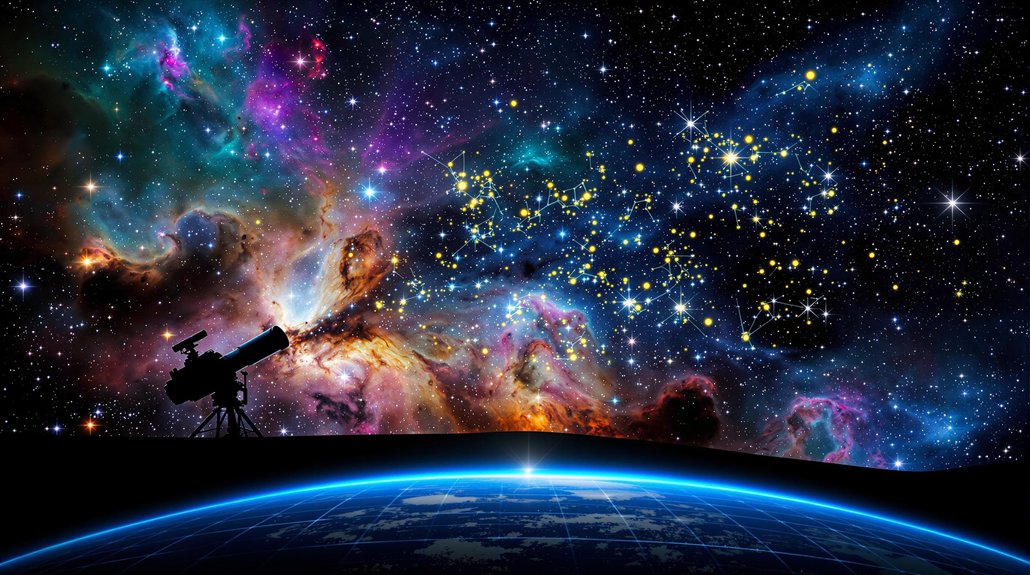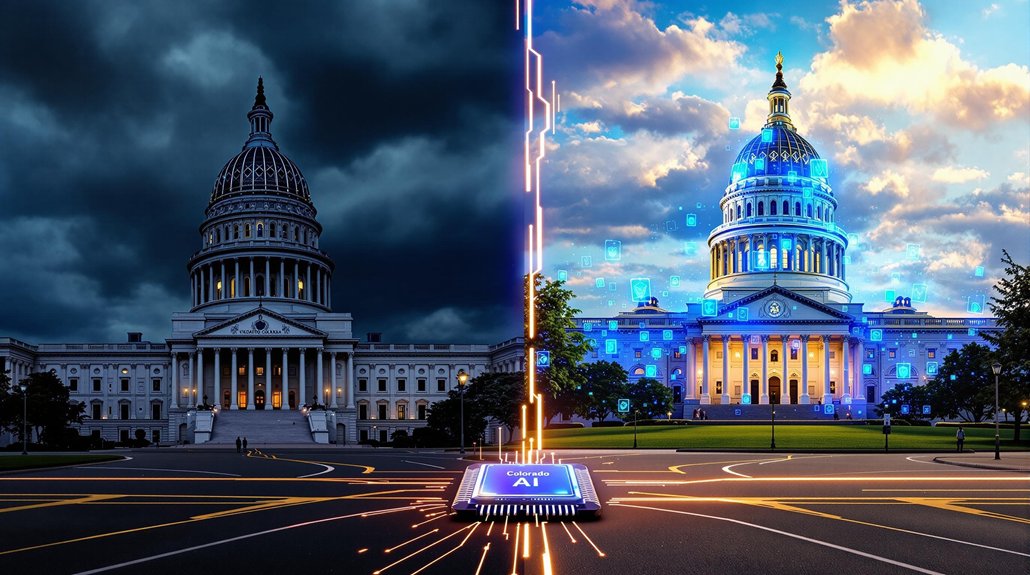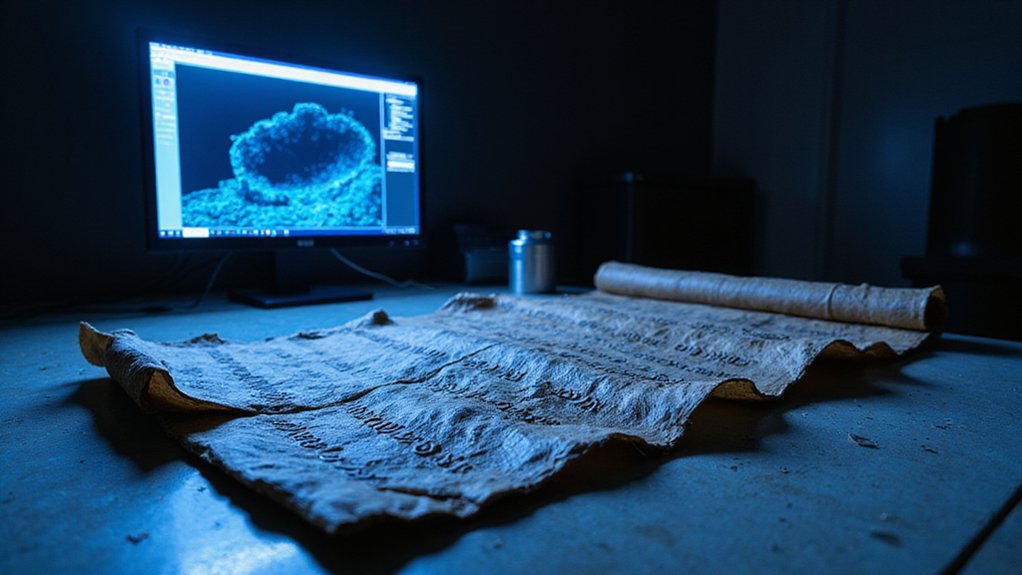A high school student has disrupted the astronomy world with a remarkable discovery. Matthew Pass, who also goes by Matteo Paz, created an AI algorithm that identified 1.5 million cosmic objects from NASA’s telescope data. The teen’s program analyzed information that would have taken professional scientists decades to process. Astronomers were caught off guard by the scope of this breakthrough. What other scientific fields might soon be transformed by young minds wielding artificial intelligence?
Stargazing just got a high-tech boost from an unlikely source. A teenage high school student has discovered 1.5 million previously unknown cosmic objects using an AI algorithm they developed. The teen, identified as 17 or 18-year-old Matthew Pass (or Matteo Paz), created a machine learning system that analyzed a decade’s worth of data from NASA’s NEOWISE telescope.
The breakthrough came when the young programmer tackled approximately 200 billion rows of data that professional astronomers hadn’t been able to fully examine. The findings were so significant they appeared in The Astronomical Journal after peer review, confirming the validity of this astronomical achievement.
Professional astronomers expressed surprise at both the scale and efficiency of the discoveries. The algorithm was specifically designed to detect subtle changes in infrared brightness, revealing objects like supernovae, erupting stars, and binary systems that traditional methods often miss. The algorithm employs sophisticated Fourier and wavelet methods to extract potential candidates from the vast dataset.
What makes this discovery particularly valuable is the algorithm’s ability to identify objects hidden behind interstellar dust. By breaking down the massive dataset into 13,000 manageable segments, the AI could process information that would be impossible for humans to analyze manually. This approach mirrors developments in healthcare where machine learning identifies patterns that would otherwise remain hidden from human analysis.
The teen’s catalog, known as VarWISE, is already being used by the astronomy community for research into dual-star systems, universe expansion rates, and exoplanet mass measurements. Of the 1.9 million total objects identified, an astounding 1.5 million were previously unknown to science.
This breakthrough demonstrates how AI can transform astronomical research by handling enormous datasets more effectively than traditional methods. The teen’s success also challenges conventional barriers to scientific research, showing that meaningful contributions can come from outside professional circles. Paz was guided throughout the project by mentor Davy Kirkpatrick, who provided crucial astronomical context while encouraging ambition and growth.
The methodology has potential applications beyond astronomy, with experts suggesting it could be adapted for fields like finance and climate science. As astronomers prepare for the full public release of the catalog, many expect this teen’s innovation will drive further scientific breakthroughs in our understanding of the cosmos.









